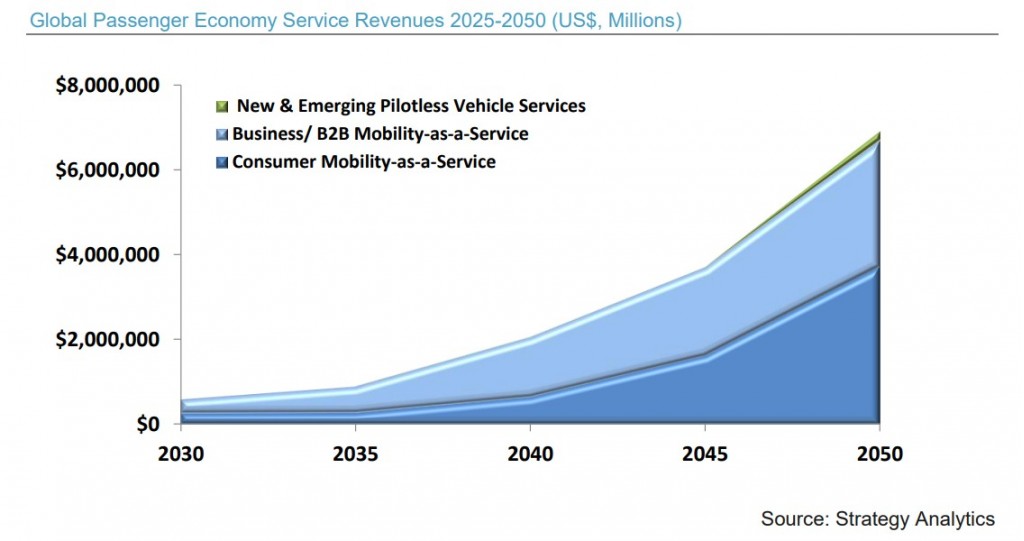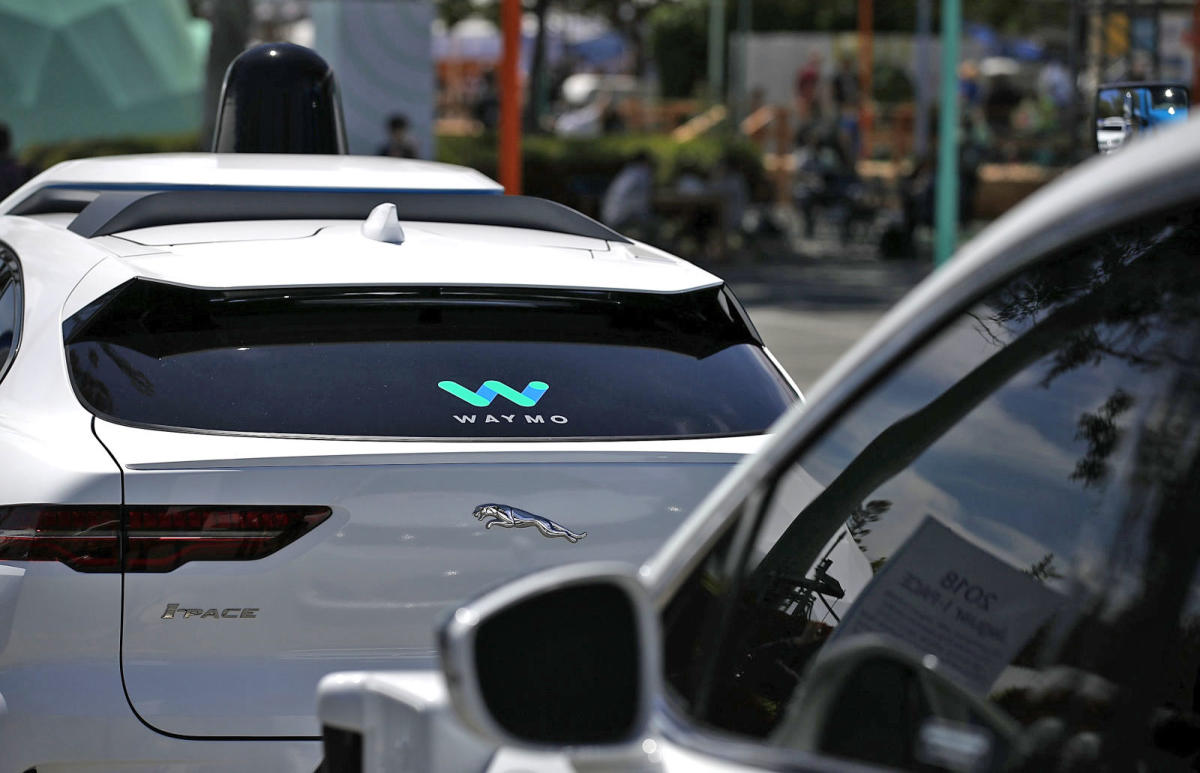The advent of self-driving cars is expected to revolutionize various aspects of urban life, including transportation, traffic management, and public parking. As autonomous vehicles (AVs) become more prevalent, they are likely to have a significant impact on public parking revenue in the United States.
This article explores how the rise of self-driving cars may affect public parking revenue, considering factors such as changes in parking demand, shifts in urban planning, and potential revenue generation strategies for cities.
One of the most direct ways self-driving cars are expected to impact public parking revenue is through changes in parking demand. With autonomous vehicles, the traditional need for drivers to park their cars near their destinations may diminish.
Self-driving cars can drop off passengers and then either return home, park in more remote and less expensive areas, or continue circulating until they are needed again. This reduction in the need for parking spaces near popular destinations could lead to decreased demand for public parking facilities, resulting in a decline in parking revenue for cities.
Additionally, the widespread adoption of self-driving cars is likely to influence urban planning and land use. As the need for large parking lots and structures decreases, cities may repurpose these spaces for other uses, such as green spaces, commercial developments, or affordable housing.
Also Read: Government Considers Vehicle-Miles-Traveled Tax to Track and Replace Declining Gas Tax Revenue
While this transformation can benefit urban environments and improve the quality of life for residents, it may also reduce the revenue cities generate from public parking. Municipalities will need to consider alternative revenue sources to offset the potential loss of parking income.

The impact of self-driving cars on public parking revenue is also tied to the potential increase in ride-sharing services. Autonomous vehicles can operate as part of a fleet of ride-sharing cars, providing on-demand transportation without the need for human drivers.
As more people opt for ride-sharing services over personal car ownership, the demand for parking spaces could decline further. This shift may result in lower parking revenue for cities, particularly in areas with high concentrations of ride-sharing activity.
However, the rise of self-driving cars also presents opportunities for cities to develop new revenue generation strategies. For instance, cities can implement dynamic pricing models for parking, adjusting rates based on demand and availability.
This approach can help optimize the use of available parking spaces and maximize revenue. Additionally, cities can explore partnerships with private companies to develop and manage parking facilities, leveraging technology to improve efficiency and customer experience.
Another potential revenue generation strategy is the implementation of congestion pricing, where drivers are charged for entering high-traffic areas during peak times. Self-driving cars can facilitate the implementation of such policies by enabling more precise tracking of vehicle movements and usage patterns.
Congestion pricing can help manage traffic flow, reduce congestion, and generate revenue that can be reinvested in public transportation and infrastructure improvements.
Moreover, cities can capitalize on the data generated by self-driving cars to optimize parking management and enforcement. Autonomous vehicles are equipped with advanced sensors and communication systems that can provide real-time information on parking availability, usage patterns, and compliance with parking regulations.
By leveraging this data, cities can enhance parking enforcement, reduce violations, and improve efficiency, potentially offsetting some of the revenue loss from decreased parking demand.
Also Read: Cities Push to Reduce Car Dependence Through Traffic Policies and Alternative Transportation

